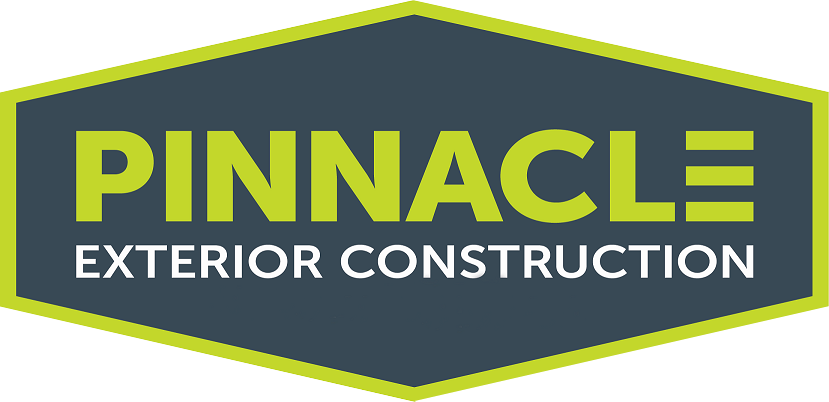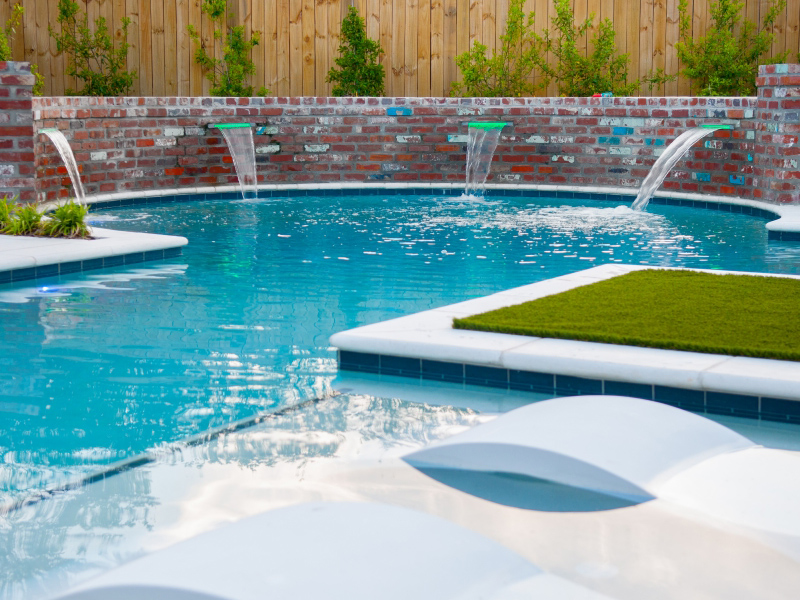Swimming pools are the highlight of many homes, providing a refreshing escape from the heat and a great space for family fun. However, for a pool owner, maintaining a clean and healthy pool requires regular care. Using a pool shock is one of the most effective ways to keep your pool water pristine.
In this blog, we will delve into all aspects of pool shock treatment, providing comprehensive insights and guidance. We’ll cover the basics from what it is, and why it’s essential, to how to choose and use it effectively.
What is Pool Shock?
Pool shock refers to a pool chemical treatment used to sanitize pool water by breaking down contaminants such as bacteria, algae, chloramines, and organic debris. These contaminants can build up over time because of environmental factors, weather, and regular usage, making your pool unhygienic and unsafe. Shocking your pool helps to “reset” the cleanliness of your water, ensuring it is safe for swimming.
Why Shock Your Pool?
The primary reason to shock your pool is to maintain water clarity and hygiene. Shocking your pool effectively increases the level of free chlorine, which plays a critical role in disinfecting the water. Here are a few key reasons why regular pool shocking is essential:
- Eliminates Bacteria and Algae: Pool shock has strong agents that kill harmful germs. It also stops algae from growing in your pool. Algae can quickly make the water green and cloudy.
- Breaks Down Chloramines: Your body releases sweat, oils, and urine. When these mix with chlorine, they create chloramines. This usually happens when you use the pool often. Chloramines can irritate the skin and eyes and reduce the effectiveness of chlorine. Shocking your pool breaks down chloramines, restoring chlorine’s effectiveness and reducing irritation.
- Maintains Water Balance: Shocking the pool water does more than disinfect. It also helps to maintain the chemical balance right. This includes pH levels, alkalinity, and sanitizer levels. All these should stay within their ideal ranges.
Types of Pool Shock
Several types of pool shock are available, each with its specific uses and benefits. Choosing the right type depends on your pool’s specific needs and your personal preferences:
- Calcium Hypochlorite: Calcium hypochlorite shock, or cal hypo shock, is a popular pool shock. It has a high chlorine content. This makes it good at killing bacteria and algae. Most effective when used in the evening, as it requires several hours of sunlight to activate fully.
- Dichloroisocyanuric Acid (Dichlor): Dichlor dissolves quickly and doesn’t require sunlight to activate. This makes it a convenient option for those who prefer to shock their pools at any time of day.
- Potassium Monopersulfate (Non-Chlorine Shock): This type of shock is ideal for those sensitive to chlorine. It oxidizes the water, removing contaminants without increasing chlorine levels. Better for quick treatments as it allows you to swim almost immediately after application.
How to Choose the Best Pool Shock
Selecting the best pool shock depends on your specific needs:
- Frequency of Use: If you use your pool frequently, you might need a stronger shock that can tackle a higher load of contaminants.
- Pool Type: Think about whether your pool uses chlorine or bromine. This will help you decide if you can use a chlorine shock or if you need a non-chlorine option.
- Sensitivity to Chemicals: If you or your family members are sensitive to chlorine, consider using a non-chlorine shock.
How to Use Pool Shock
Shocking your pool is a simple process. However, it is important to do it right for safety and effectiveness. Here’s a simple guide:
- Read Instructions: Always read and follow the instructions on your pool shock package. Different types require different handling and application methods.
- Wear Safety Gear: Ensure to wear protective gloves and goggles when handling pool shock, safeguarding your skin and eyes from potential harm.
- Prepare the Pool: Before adding shock, clean your pool to remove any large debris and ensure your filter is running.
- Dilute Shock: For many types of shock, you’ll need to dilute it with water in a bucket before adding it to your pool. This helps prevent damage to your pool’s surface.
- Even Distribution: Pour the diluted shock into the pool water, walking around the perimeter to ensure even distribution.
- Allow Proper Circulation: Run the pool filter for at least 8 hours after shocking. This helps the chemicals circulate fully.
- Test Water: Before swimming, test your pool’s water. Make sure the chlorine levels are safe and not irritating.
Safety Tips
While pool shock is essential for maintaining your pool, it’s also a chemical that requires careful handling. Here are some safety tips:
- Store Chemicals Properly: Keep pool shock in a cool, dry place away from direct sunlight and securely out of reach of children and pets.
- Never Mix Chemicals: Mixing different chemicals can lead to dangerous reactions. Always add chemicals to water, not water to chemicals.
- Handle with Care: Avoid spilling or splashing pool shock, and ensure to wash your hands thoroughly following use.
Long-Term Benefits of Regular Pool Shocking
Regular pool shock enhances water clarity and prevents harmful bacteria and algae, ensuring a safer swimming environment. It also helps your pool equipment last longer. This reduces wear and tear, saving you money on repairs and replacements. Moreover, a well-maintained pool prevents skin and eye irritation, making swimming more enjoyable for everyone.
Environmental Considerations
Responsible pool maintenance involves more than just keeping the water clean. Here are a few ways to minimize the environmental impact of pool chemicals:
- Measured Chemical Use: Only use the amount of chemicals needed according to the manufacturer’s guidelines to prevent chemical runoff and environmental contamination.
- Eco-friendly Products: Opt for safer, less toxic pool chemicals when available to reduce your ecological footprint.
- Consistent Cleaning: Regular cleaning reduces the need for chemical treatments and helps maintain a balanced ecosystem around your pool.
Troubleshooting Common Pool Shock Issues
Sometimes issues arise even with regular pool maintenance. Here are quick fixes for common problems:
- Cloudy Water After Shocking: This usually clears up with continued filtration and correct chemical balancing. Make sure your filter is clean and functioning properly.
- Strong Chlorine Smell: A potent chlorine odor often means too many chloramines. Additional shocking may be necessary to break these down.
- Skin and Eye Irritation: If irritation occurs, check and adjust chlorine levels to ensure they are within a safe range before swimming.
By implementing these practices, you maintain a clean and inviting pool and contribute to a healthier environment. This approach ensures your pool remains a delightful retreat for family and friends, without undue burden on your wallet or surroundings.
Conclusion
Regularly shocking your pool is vital for maintaining a healthy, clean, and safe swimming environment. By understanding the different types of pool shock and their specific applications, you can choose the best product for your pool’s needs.
Remember that the key to effective pool maintenance is frequency and consistency. So develop a routine that keeps your pool inviting and ready for enjoyment. With the right approach and products, you can ensure your pool remains a pristine oasis all season long.
The post What’s the Best Pool Shock for Your Pool? appeared first on In The Swim Pool Blog.

